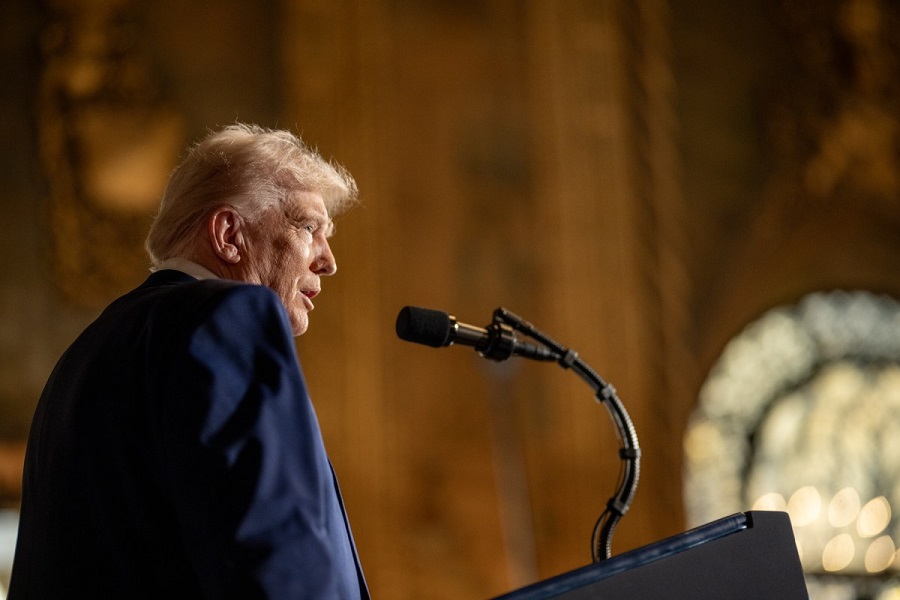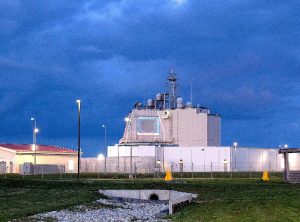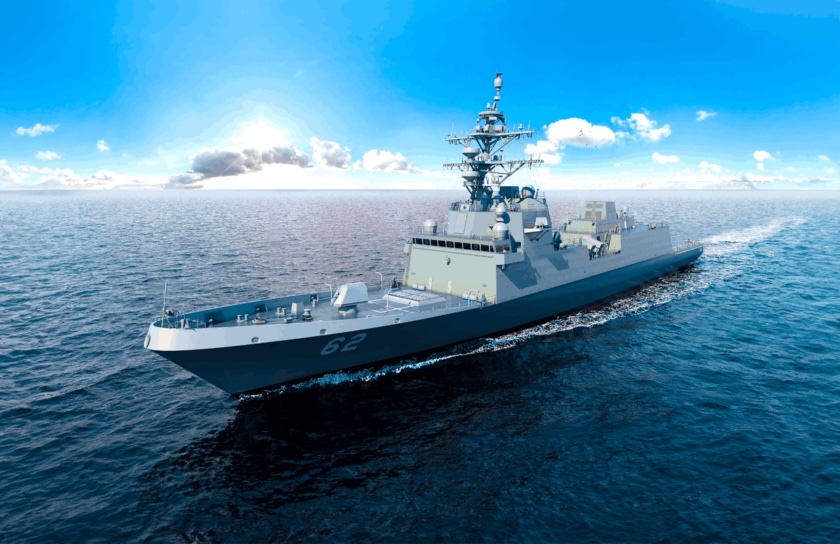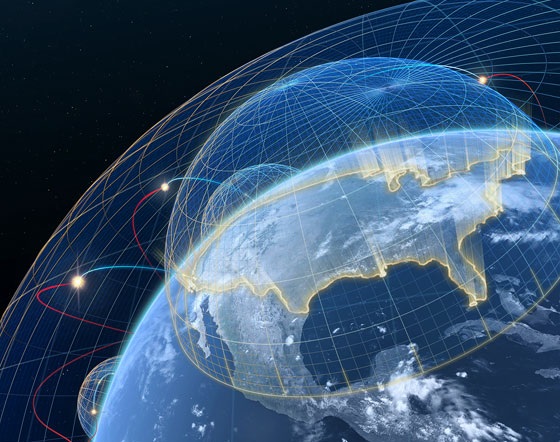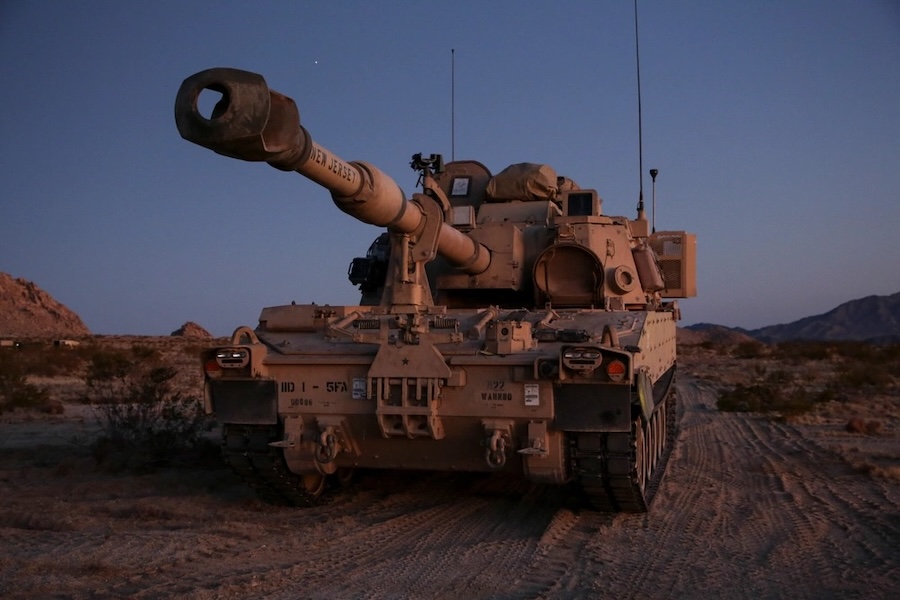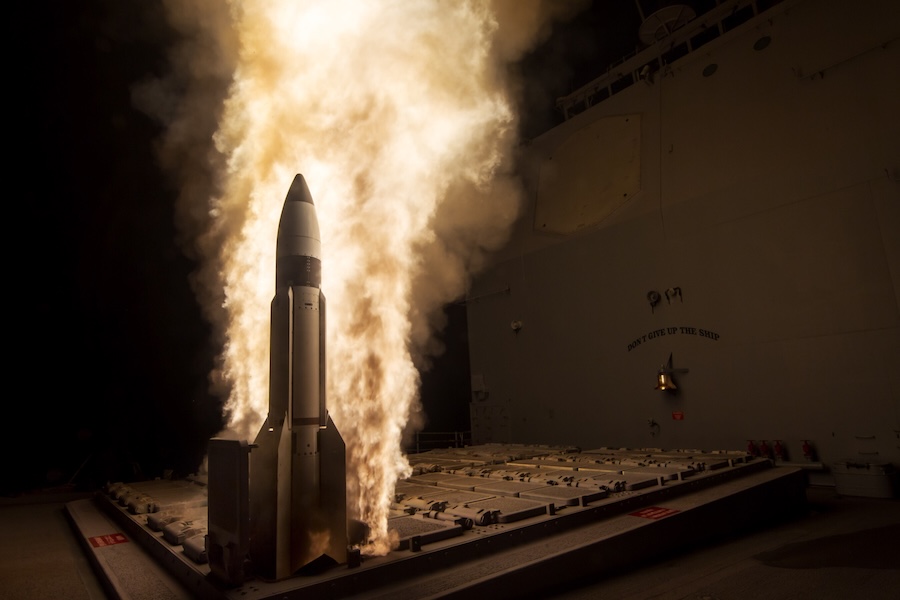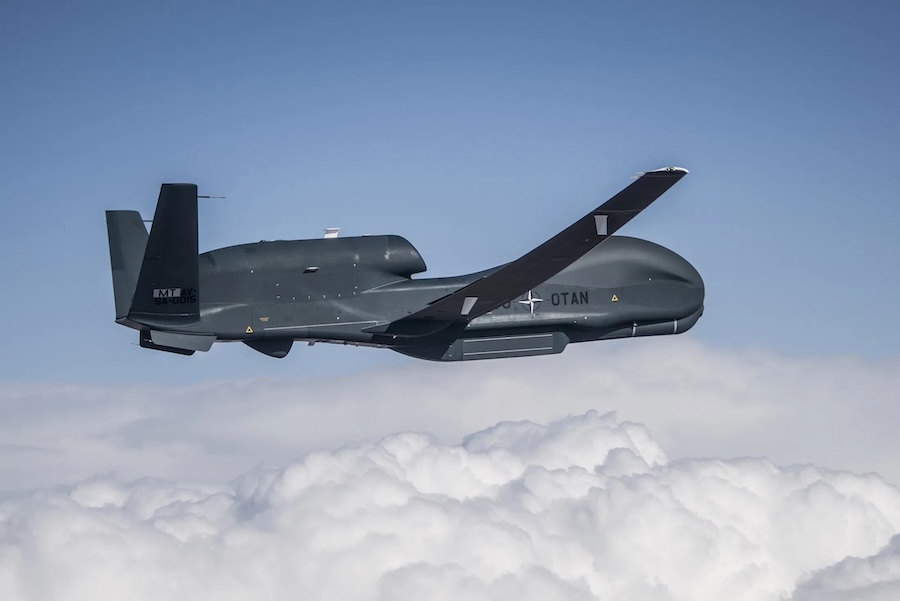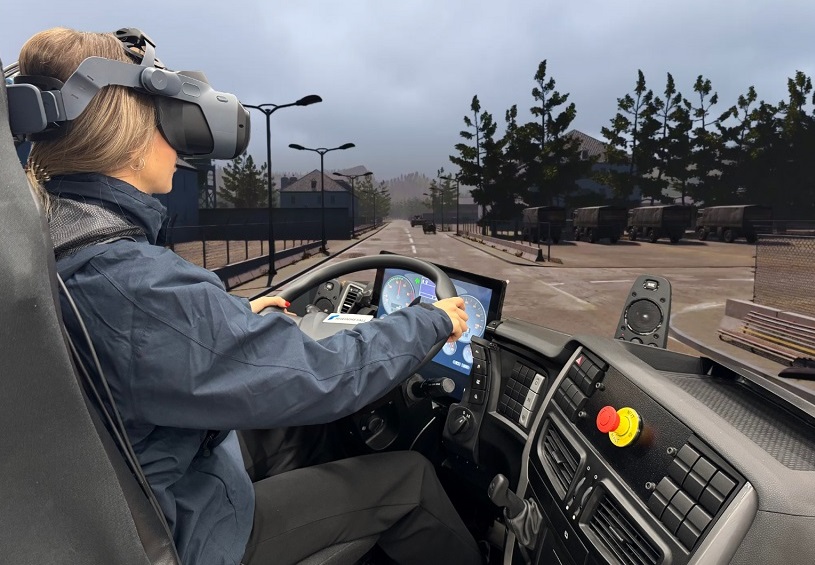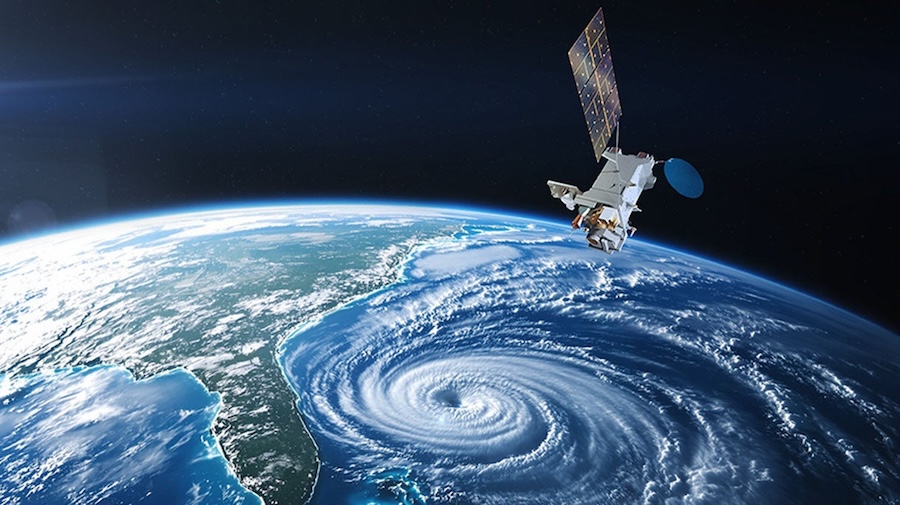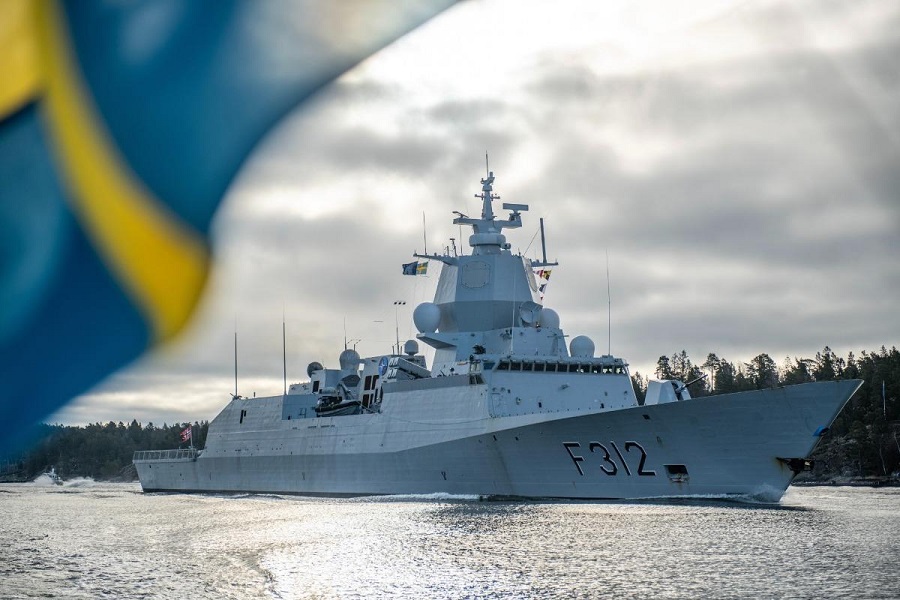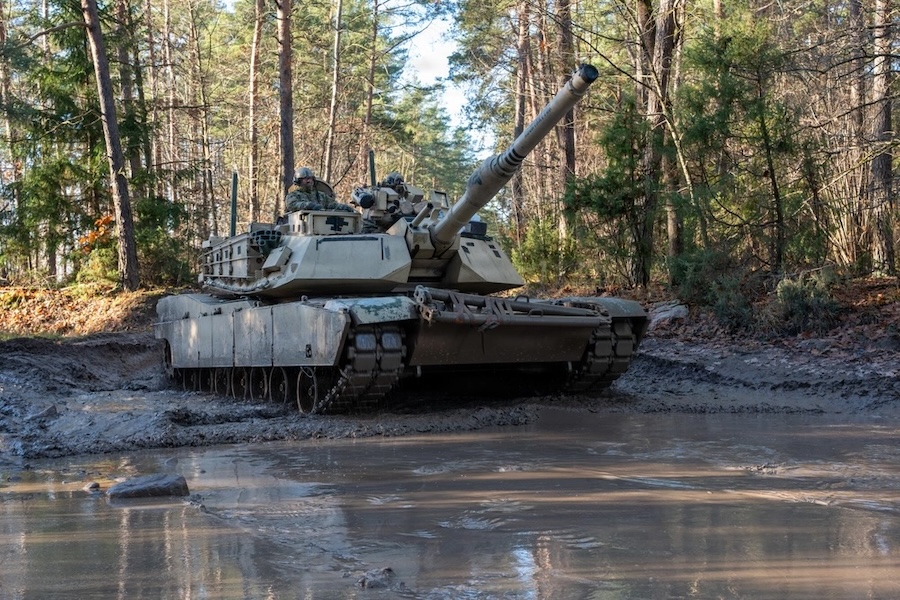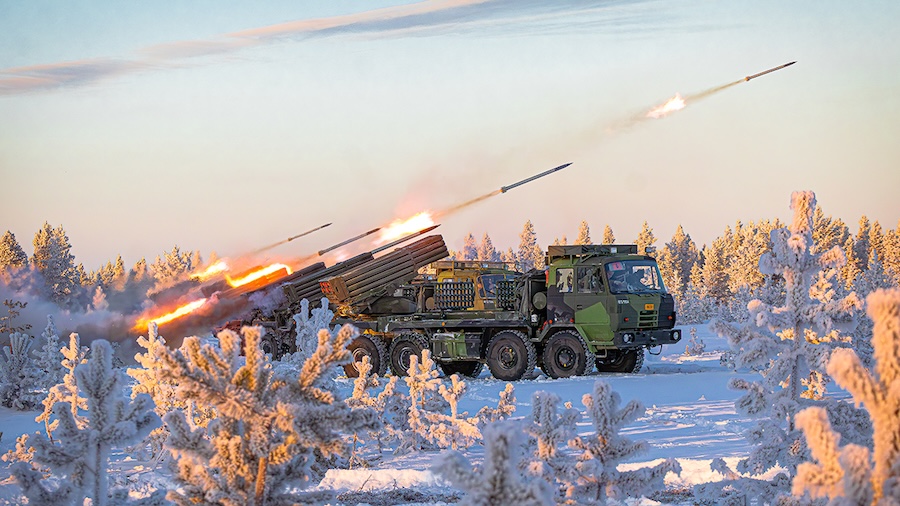NATO Secretary-General Mark Rutte acknowledged the financial strain this goal places on European members and Canada but stressed its necessity. “There is absolute conviction with my colleagues at the table that, given this threat from the Russians, given the international security situation, there is no alternative,” he told reporters.
Ahead of the summit on Wednesday, President Trump sought to calm doubts about his stance on NATO’s mutual defence clause, Article 5. “We’re with them all the way,” he said, addressing concerns about US support for allied defence commitments.
These concerns were stirred by Trump’s earlier remarks en route to the summit on Tuesday, where he stated that there were “numerous definitions” of the clause. His comments had raised questions about how firmly the United States would stand by its NATO partners in a crisis.
Finnish President Alexander Stubb, whose nation joined NATO two years ago and shares a border with Russia, commented on the alliance’s progression. He noted that “the alliance was evolving,” reflecting both internal adaptation and external pressure from the security environment.




